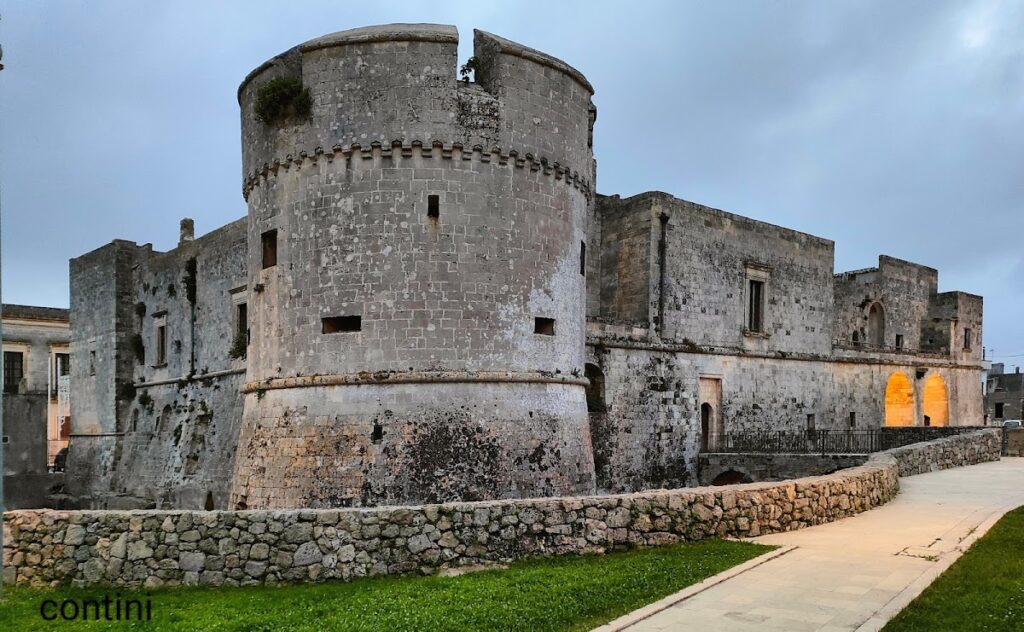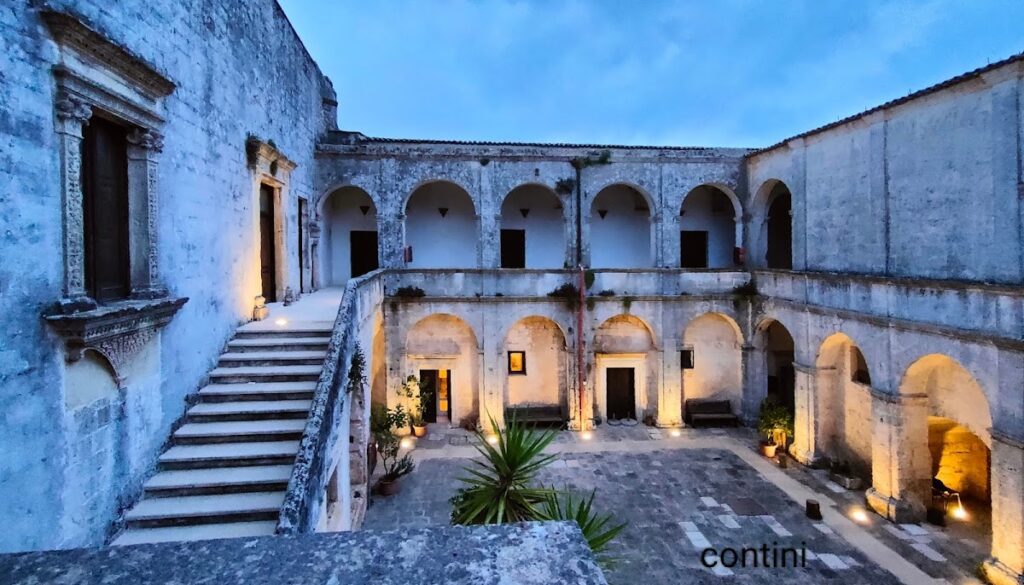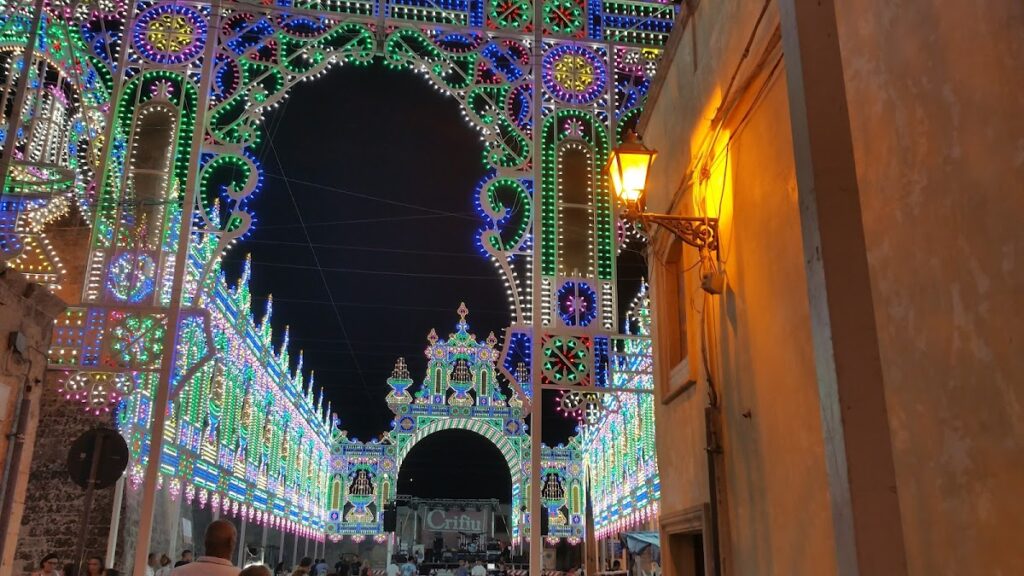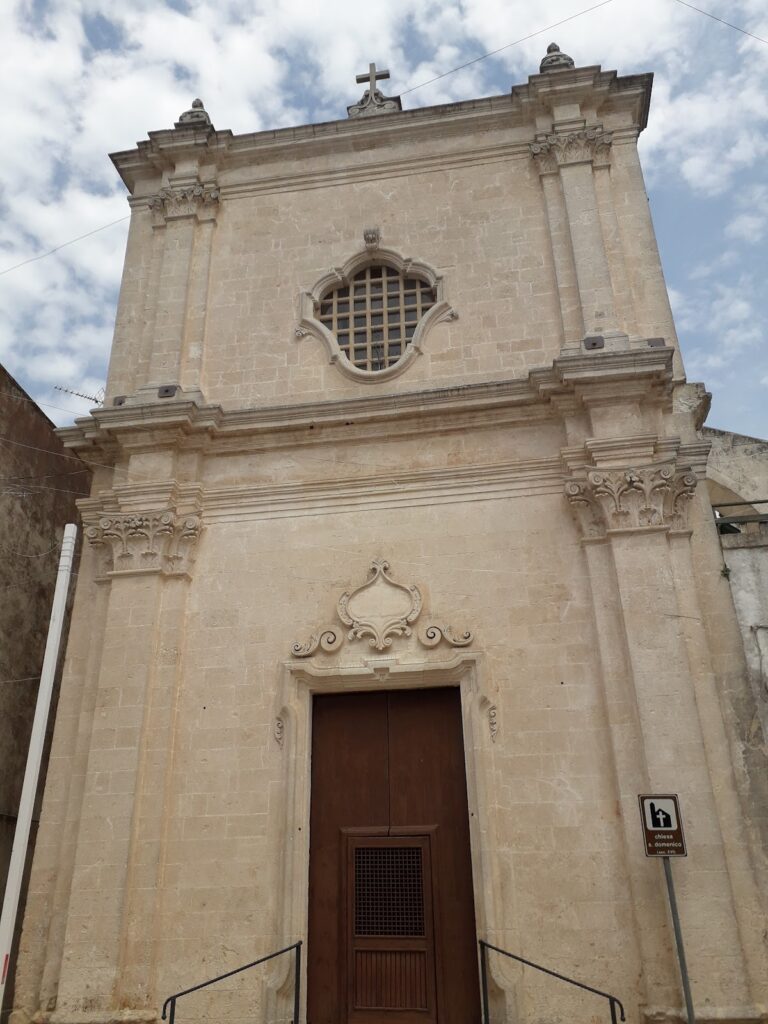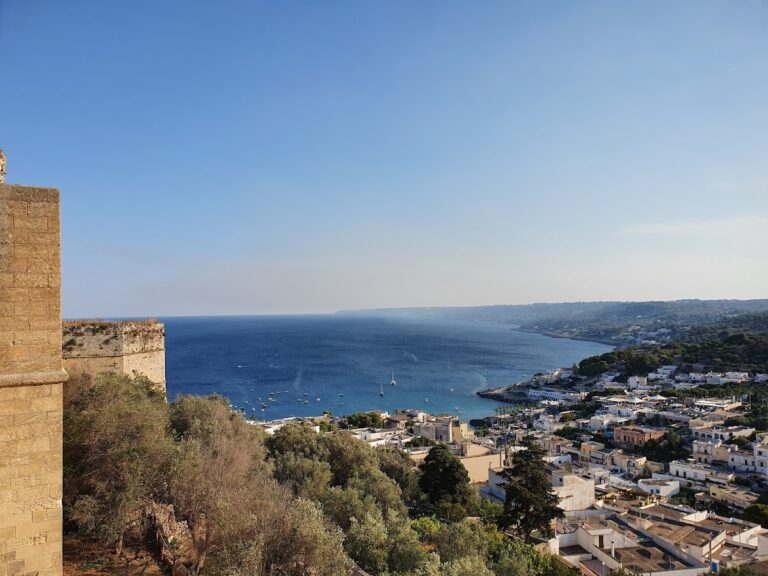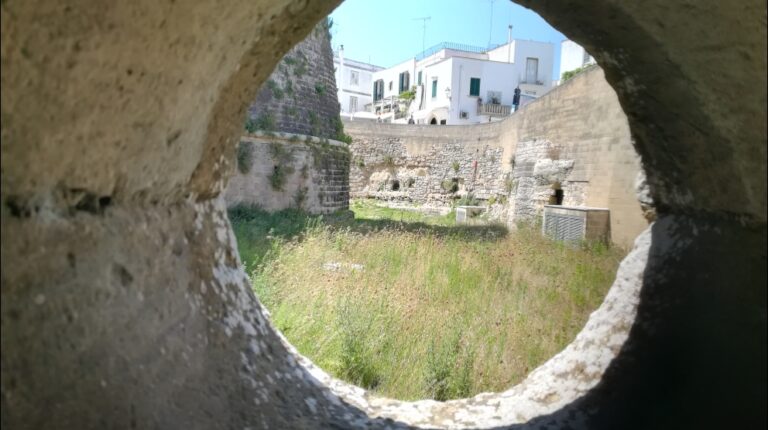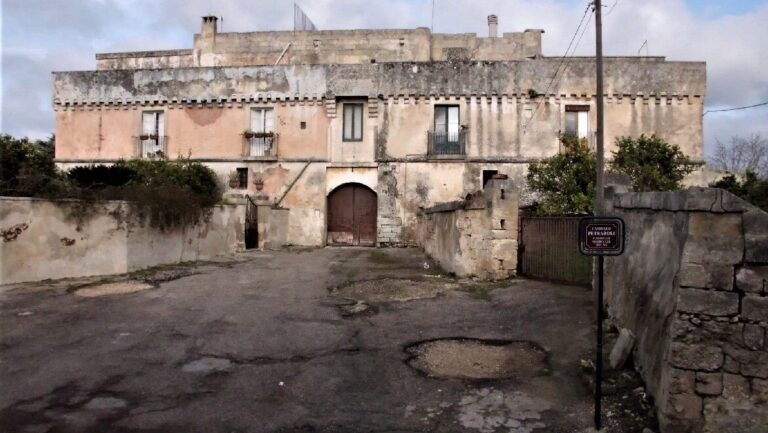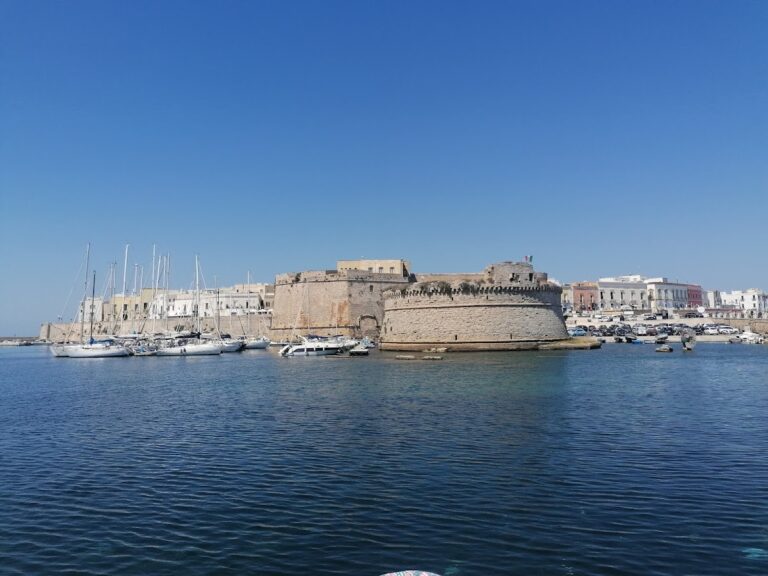Castello Spinola-Caracciolo: A Medieval and Renaissance Castle in Andrano, Italy
Visitor Information
Google Rating: 4.5
Popularity: Low
Google Maps: View on Google Maps
Country: Italy
Civilization: Unclassified
Remains: Military
History
The Castello Spinola-Caracciolo stands in the town of Andrano, Italy, and traces its origins back to the medieval period when it was established by local settlers during the 13th century. Initially constructed as a simple farmstead, it gradually transformed into a fortified farmhouse by the late Middle Ages, reflecting the changing social and military needs of the region.
Between the 1300s and 1500s, the building saw the addition of an upper floor, enhancing its defensive capacity as well as its residential function. In the 15th century, the castle’s fortifications were further strengthened in response to the expanding threat of Ottoman incursions, especially after the 1480 Turkish invasion and sack of nearby Otranto. This event deeply influenced surrounding communities, including Andrano. At this time, Antonio Saraceno, the local lord and member of the noble Saraceno family, became notable for leading forces to defend Otranto. He died in combat, highlighting the castle’s role not only as a residence but also as a military stronghold during turbulent times.
Ownership of the castle passed from the Saraceno family in 1606 to the Spinola family of Gallipoli, a prominent noble line. In 1618, it changed hands again to the Gallone family from Tricase, who maintained possession until the mid-18th century. Thereafter, the castle was inherited by the Caracciolo family of Marano, who retained it until recent decades. Some parts were later sold to the Bentivoglio family, while other sections were donated to the Maestre Pie Filippini institute, a religious organization. By the 1980s, the municipality took over ownership, initiating preservation efforts that included community involvement for restoring its medieval features.
Remains
The castle presents a quadrangular layout typical of fortified structures from the medieval era, designed for both defense and domestic use. Its main façade is fortified by square towers at each corner, while a distinctive cylindrical tower adorns part of the building. This tower is decorated with a horizontal molding known as a string course cornice, as well as arches and projecting corbels at the top, elements characteristic of its original medieval construction.
A partially preserved moat surrounds the castle, though today it is visible only at the rear. Among the defensive features is a machicolation, a projecting parapet with openings used to drop objects on attackers, positioned perpendicular to the main entrance. The southwestern tower remains as part of the castle’s defensive system from the early phases.
On the western side, dating from the 16th century, details such as window moldings and an internal courtyard staircase reveal architectural updates from the Renaissance period. The main façade also features a Baroque-style loggia, indicating the castle’s transformation from a military fortress into a noble residence during later centuries. Along the northern side, a double series of arches supported by pillars and pilasters reflects architectural trends of the 18th century, emphasizing both elegance and structural rhythm.
Within the courtyard, an internal staircase connects the various levels, and there are three fine windows as well as a dovecote, which would have served practical as well as decorative purposes. Numerous inscriptions can be found carved into the friezes framing windows and doors throughout the exterior and interior, providing insight into the castle’s history and ownership over time.
Together, these features illustrate a building that evolved from a fortified farmhouse facing external threats into a stately complex reflecting changing tastes and functions across several centuries, while retaining key elements of its medieval origins.
